Harbor Beach, Michigan
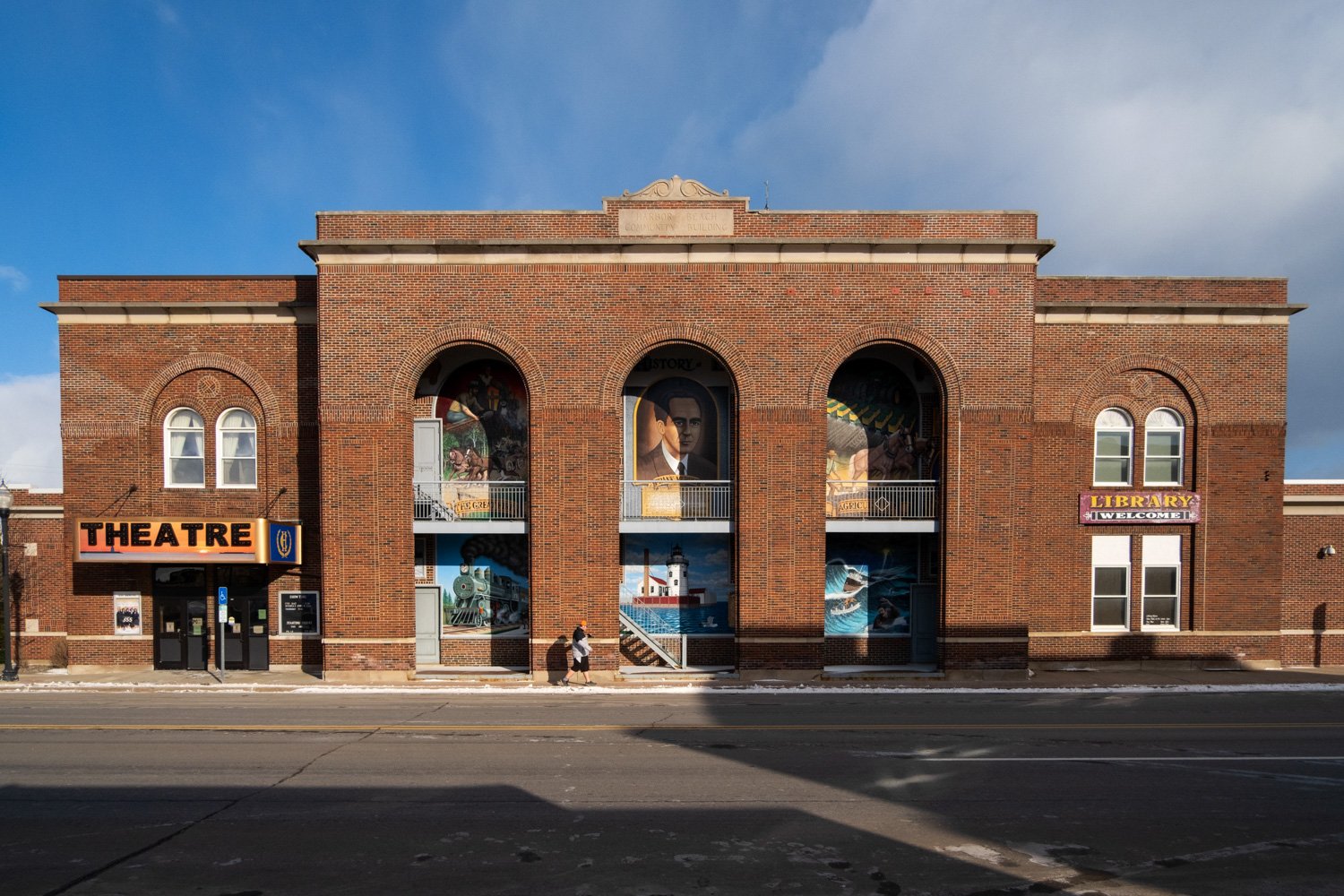
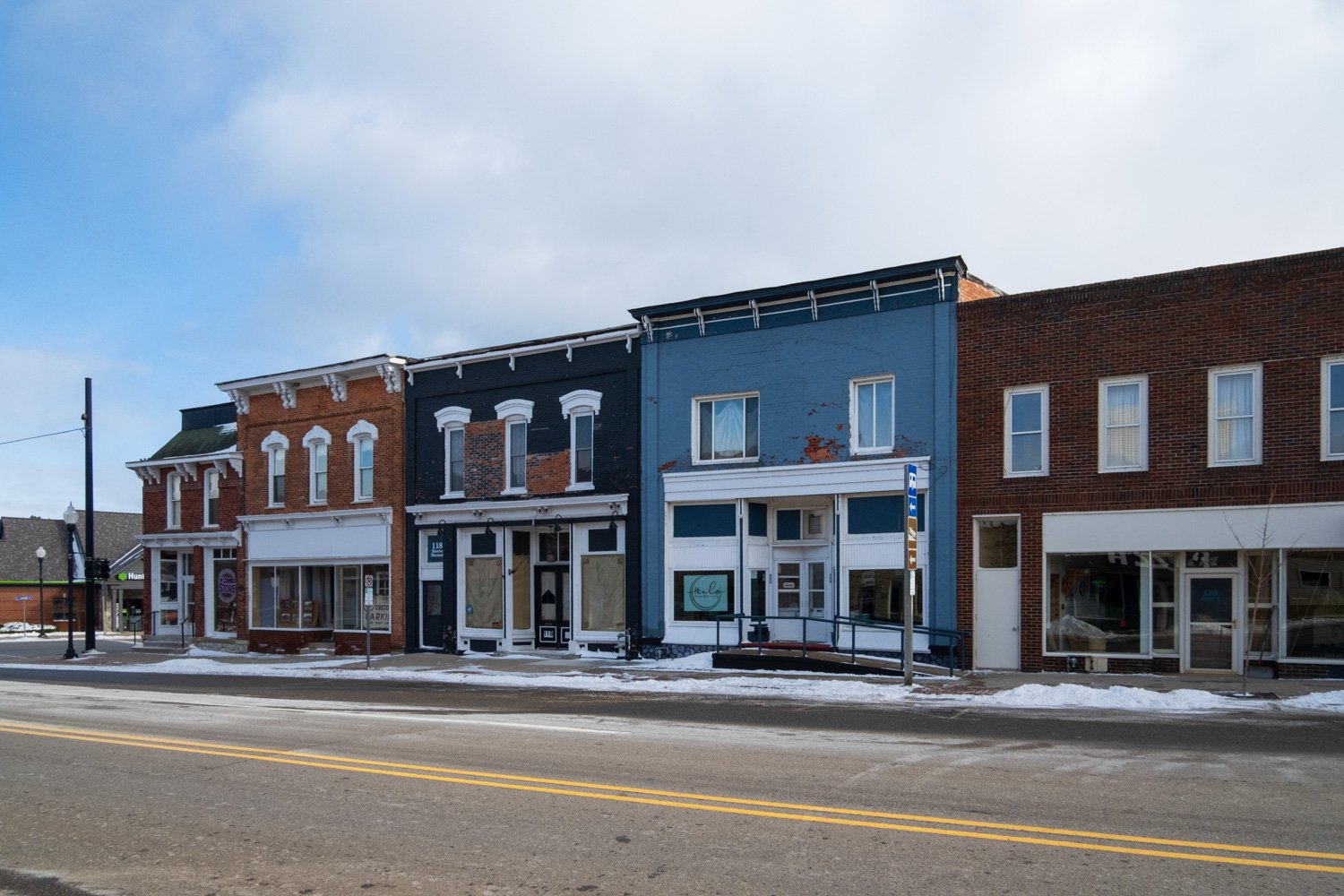
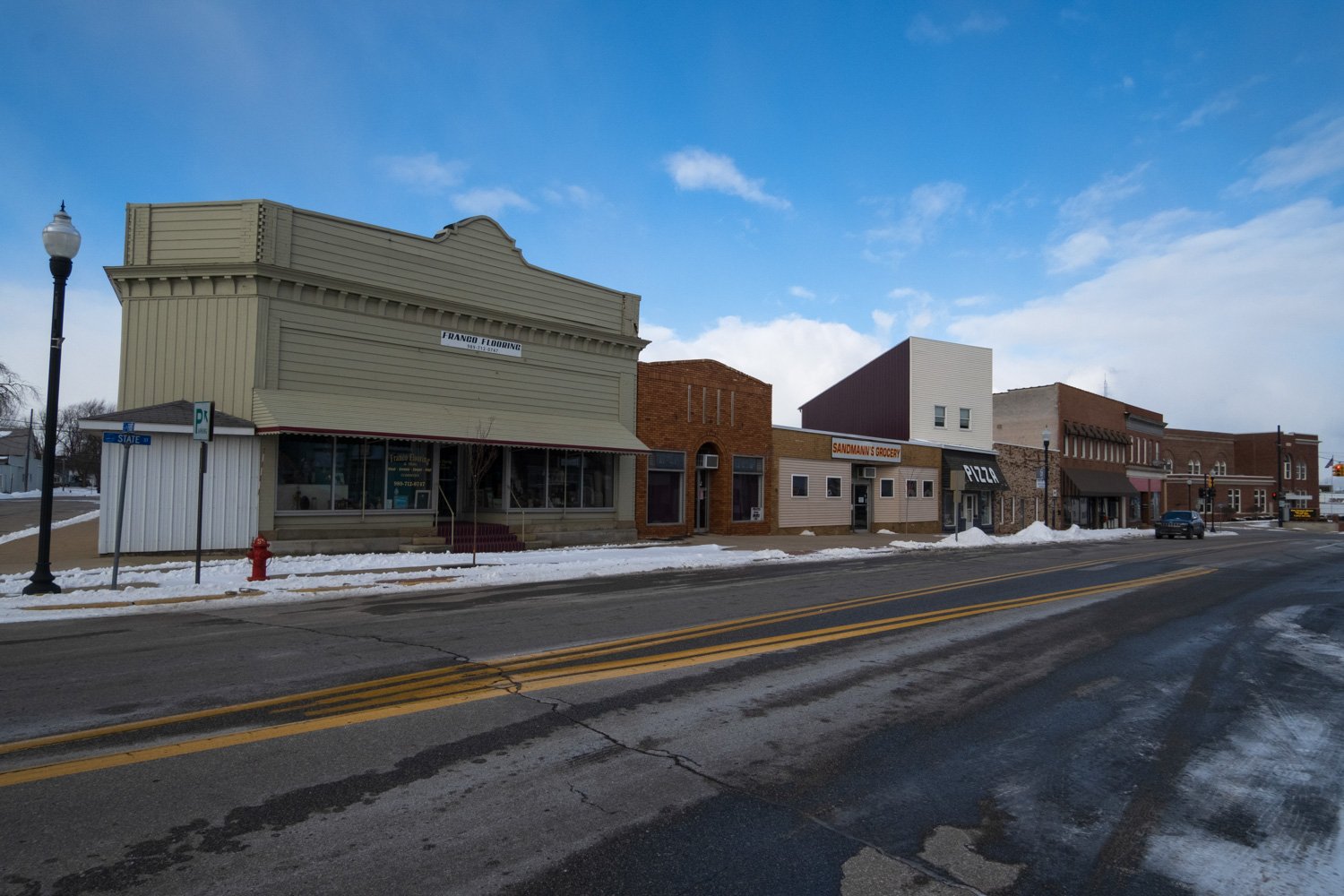
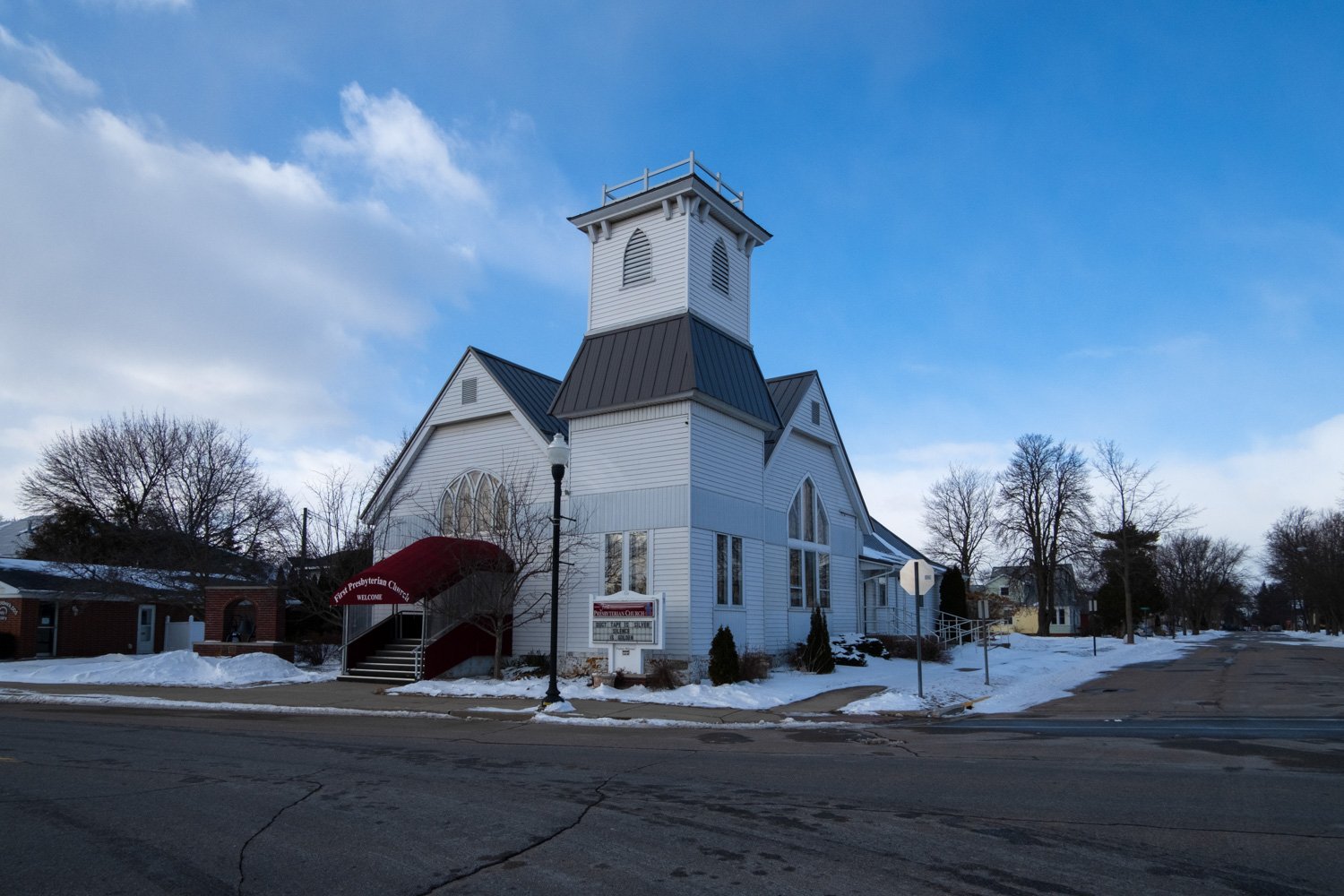

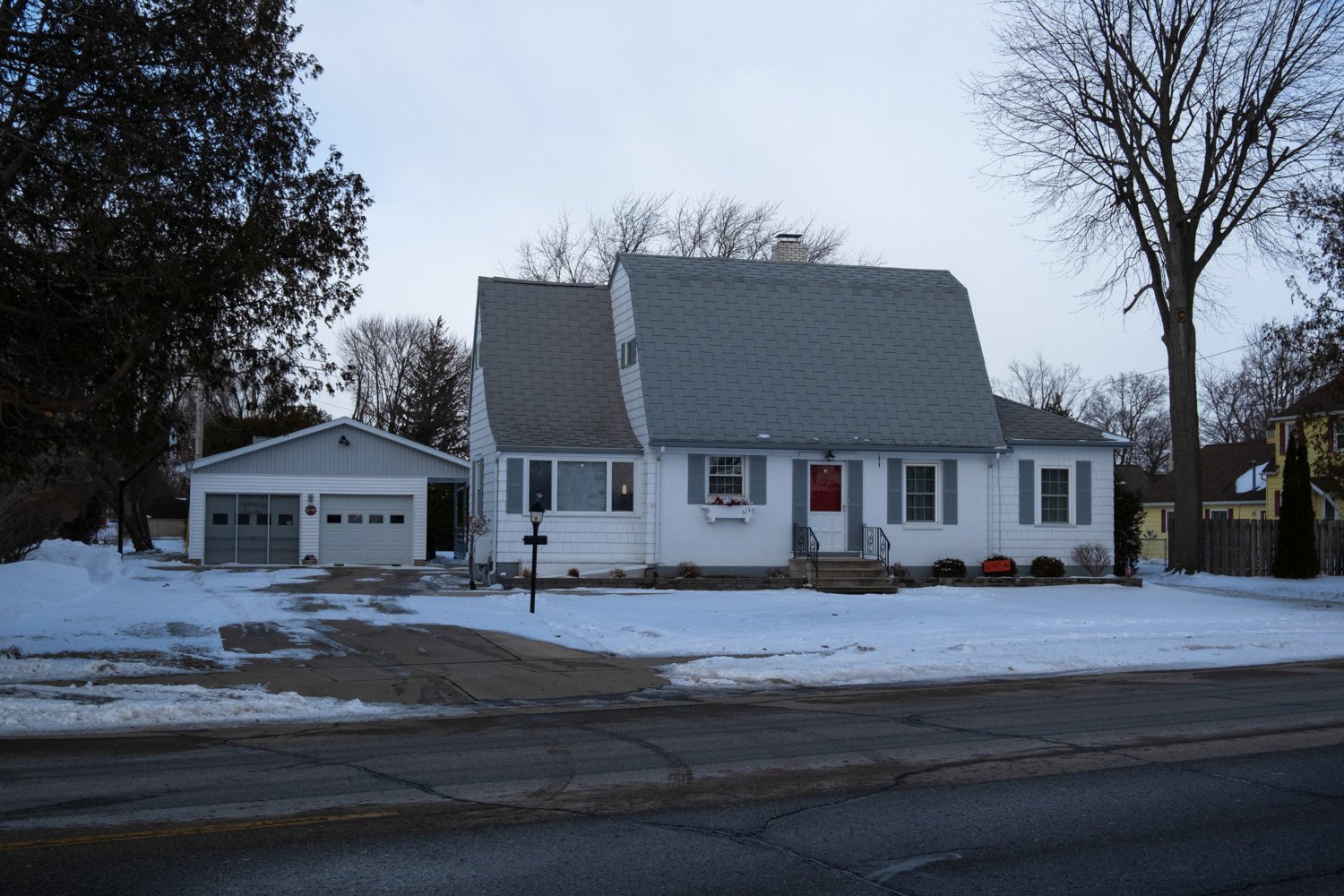
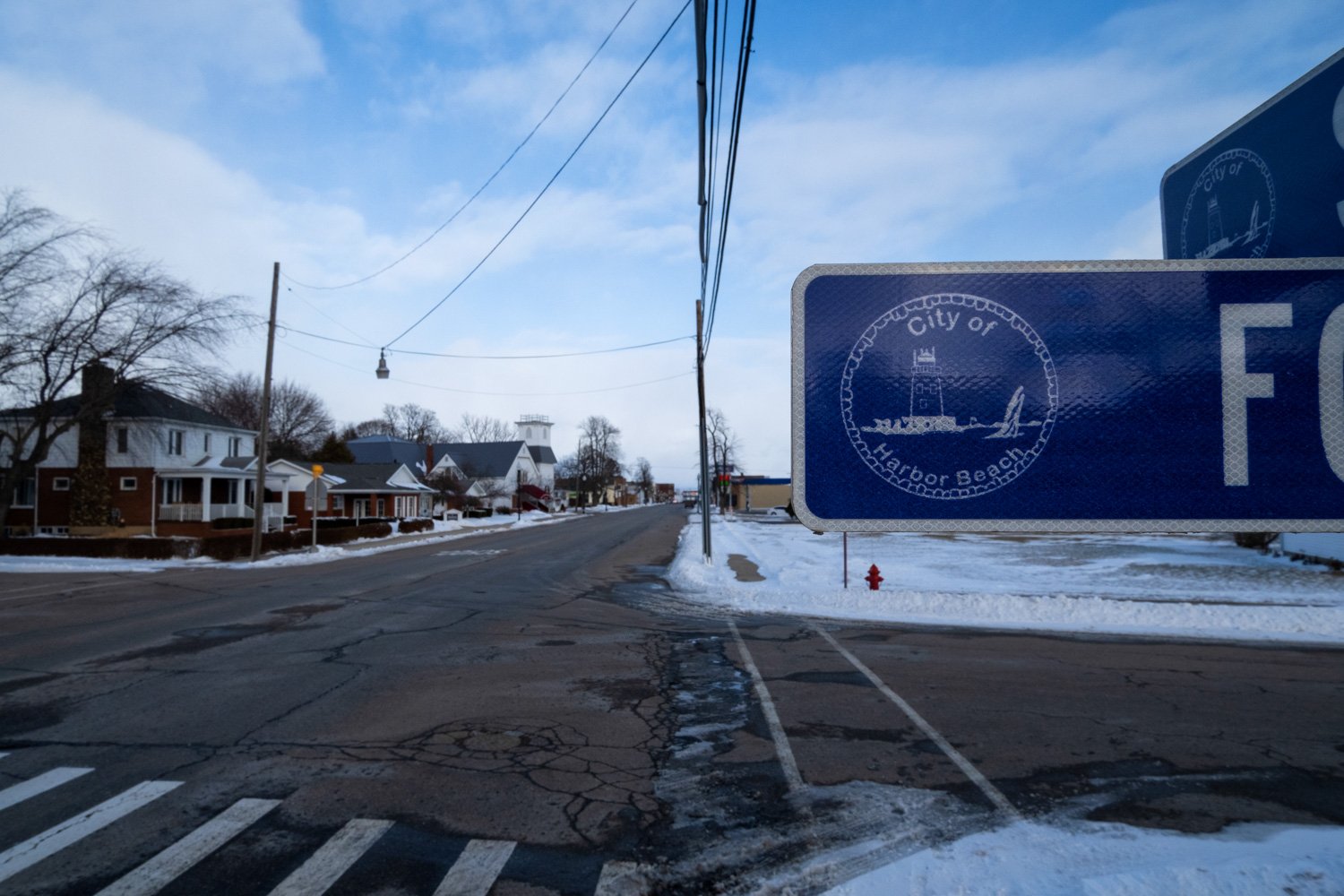


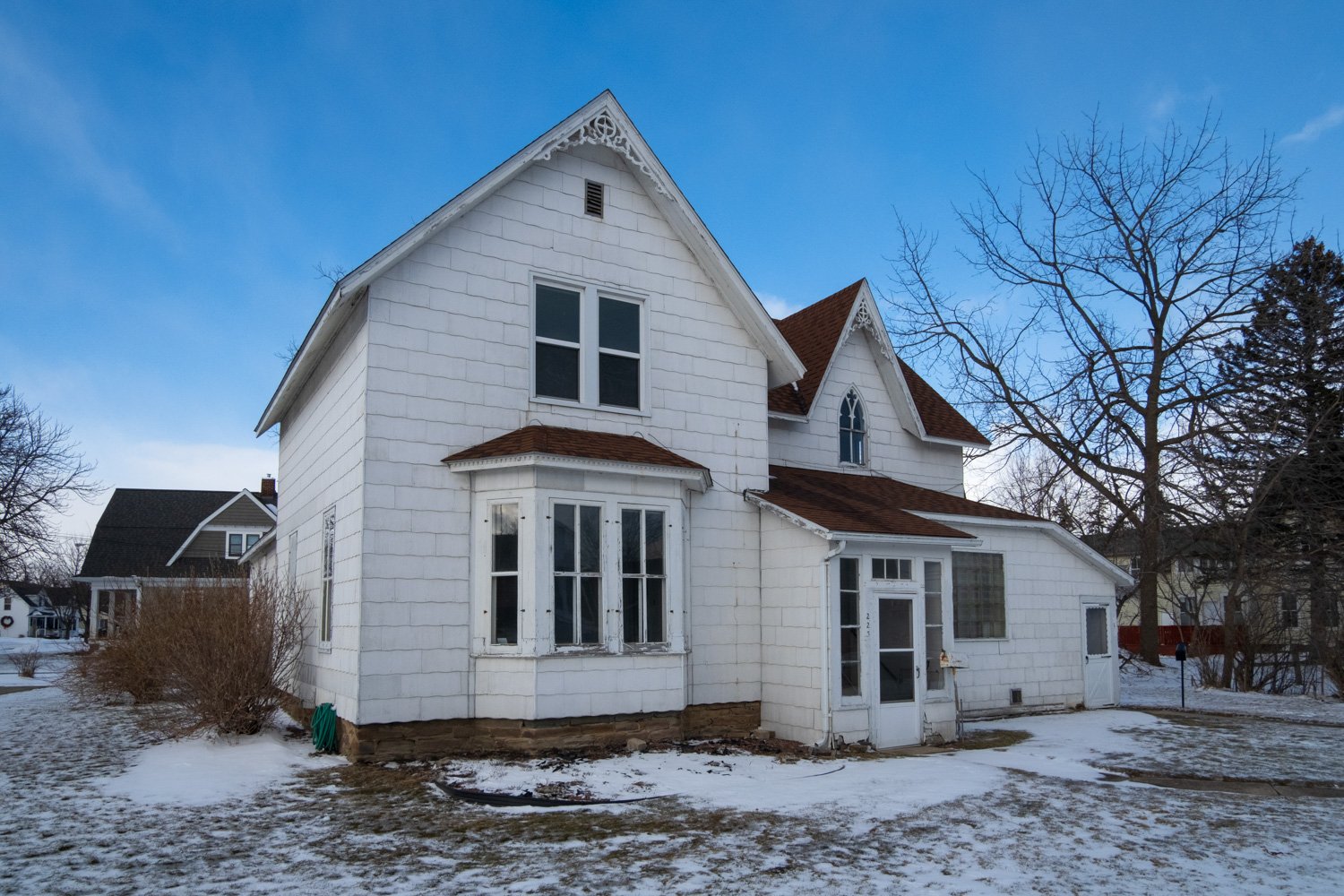
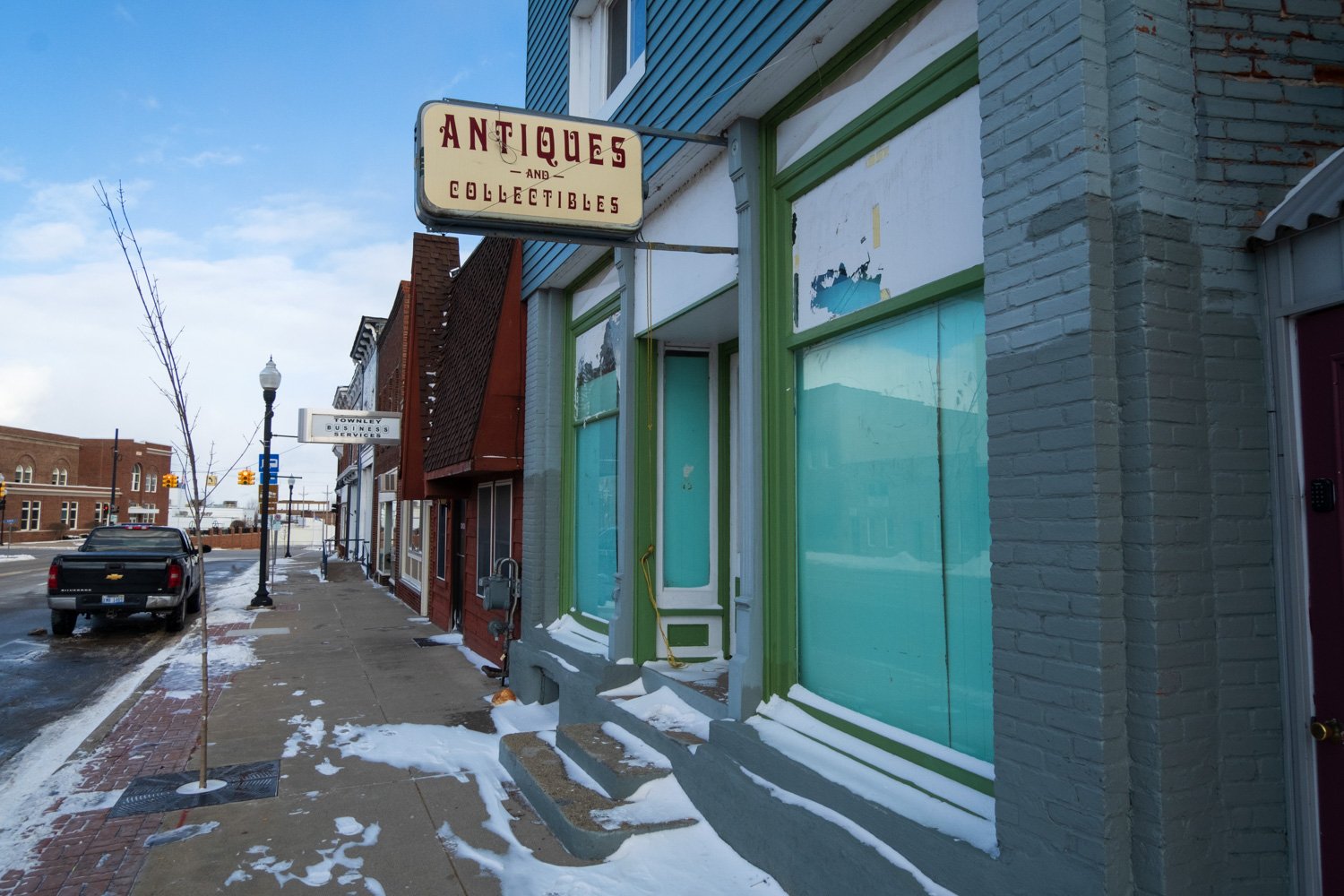
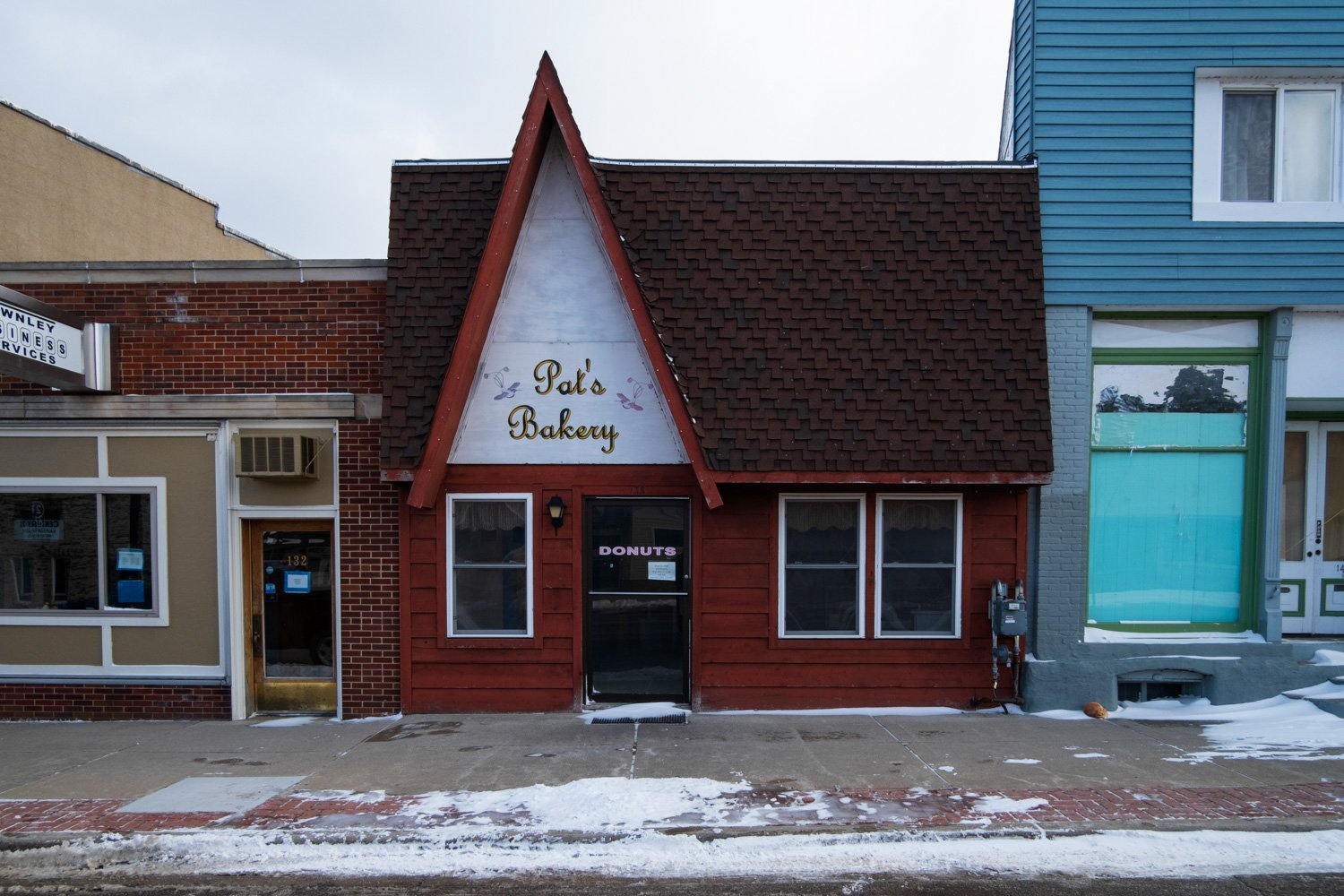
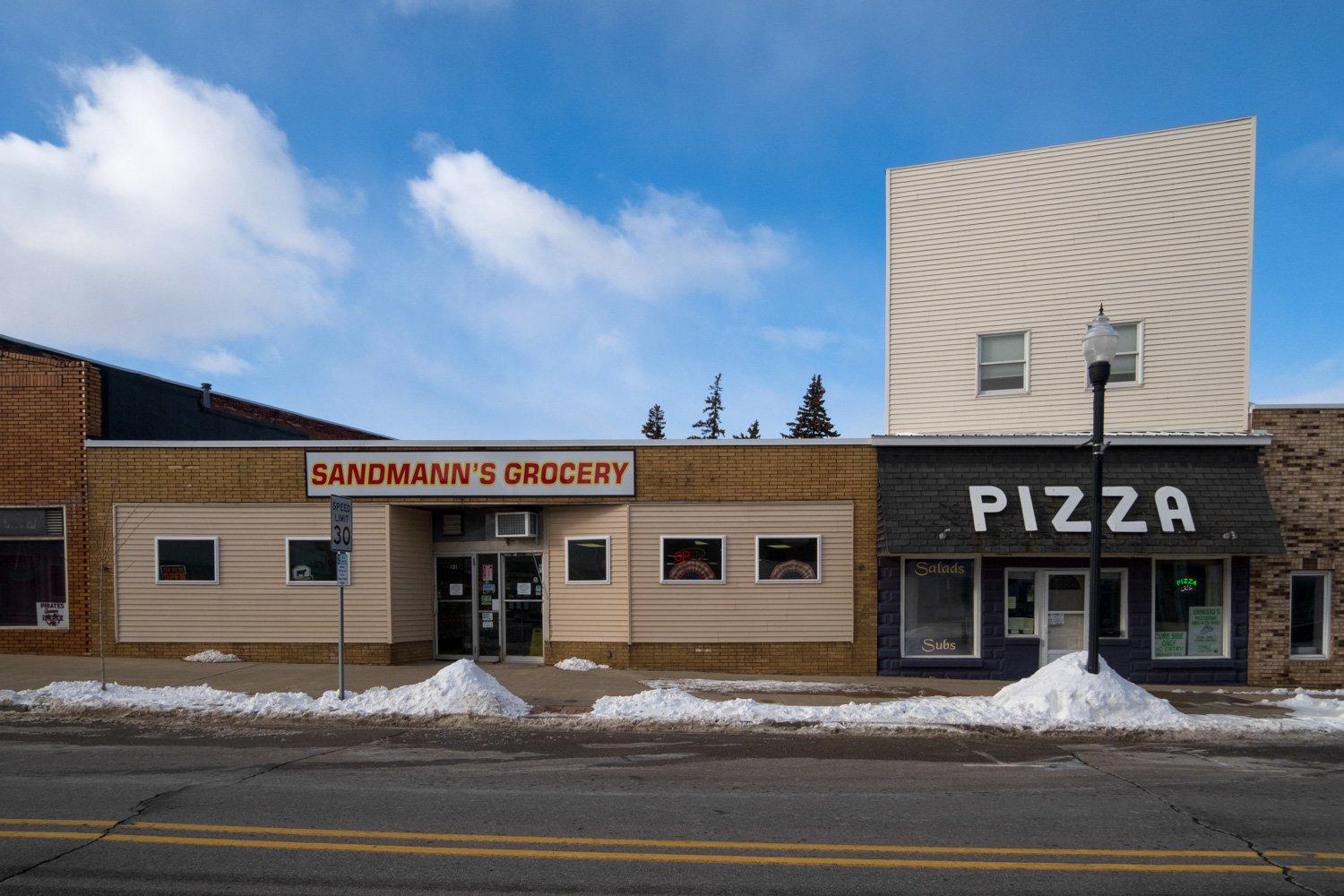

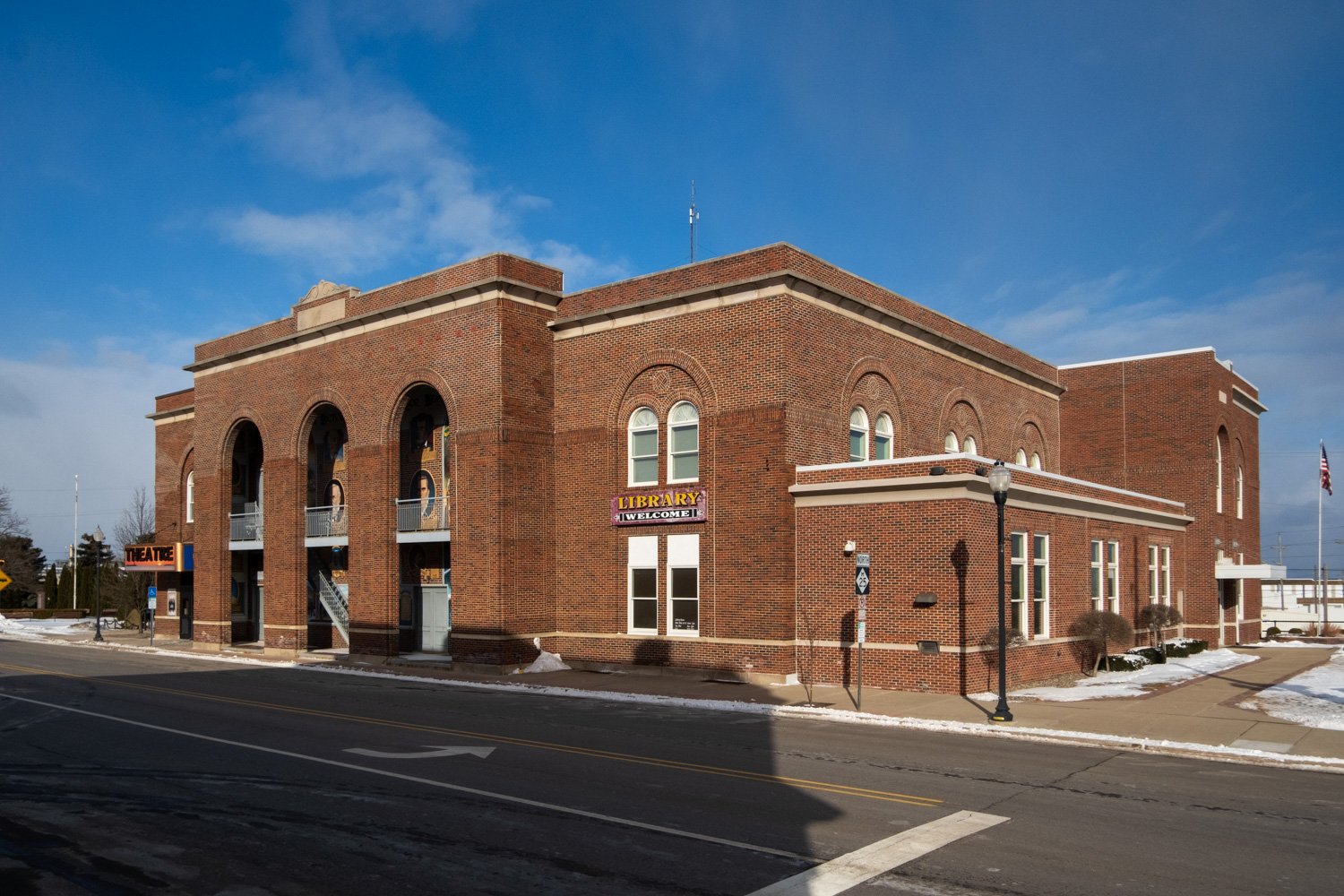
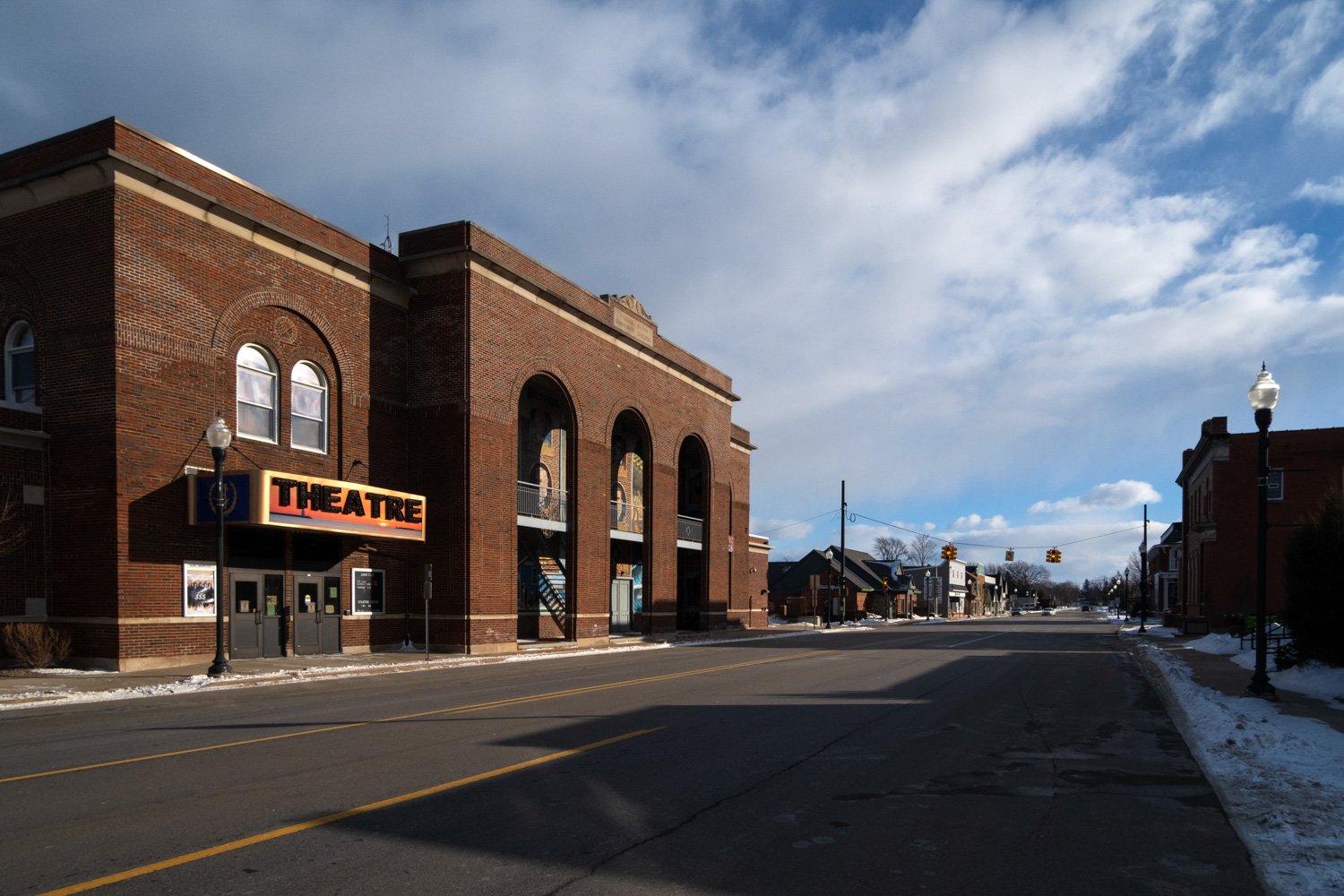
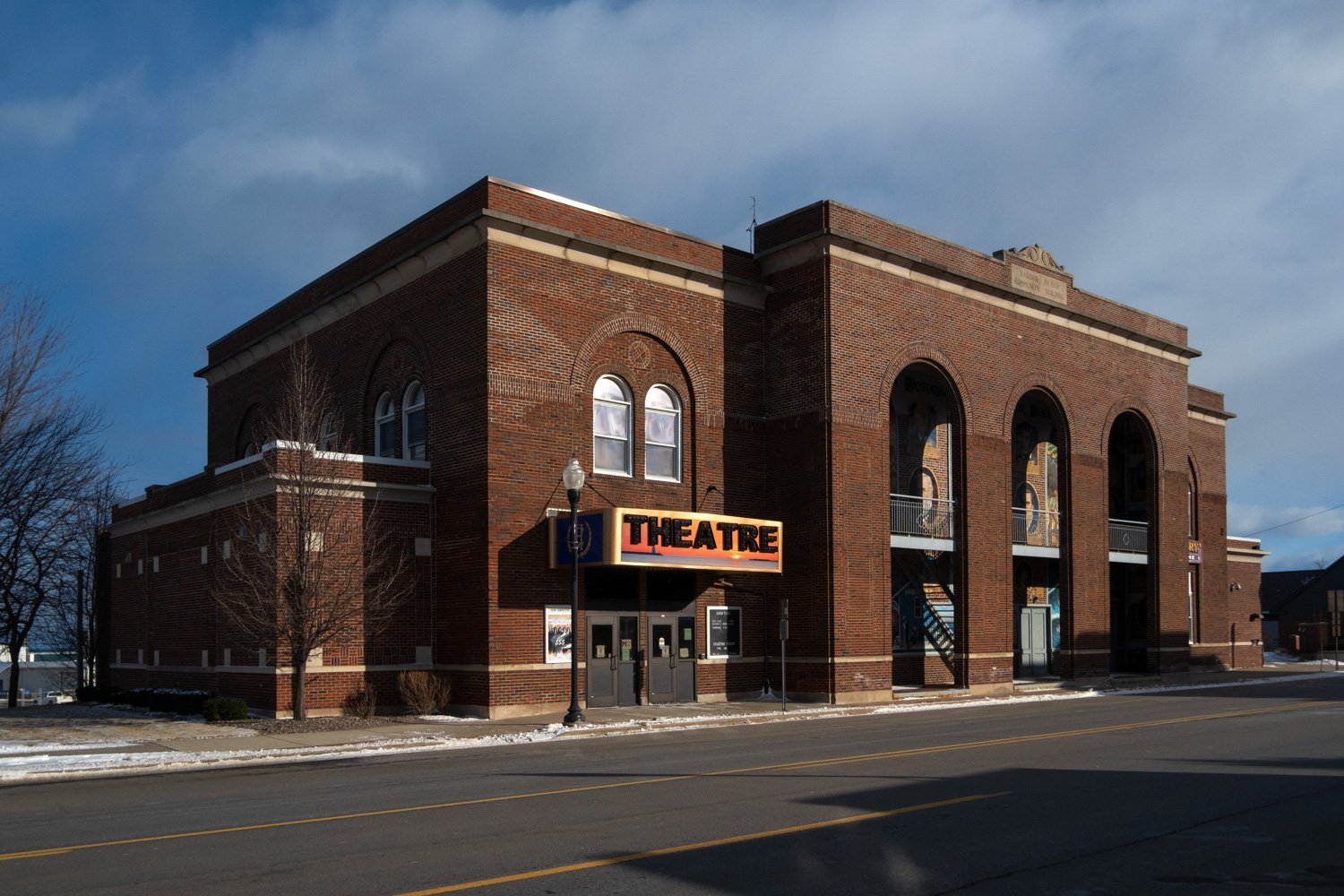
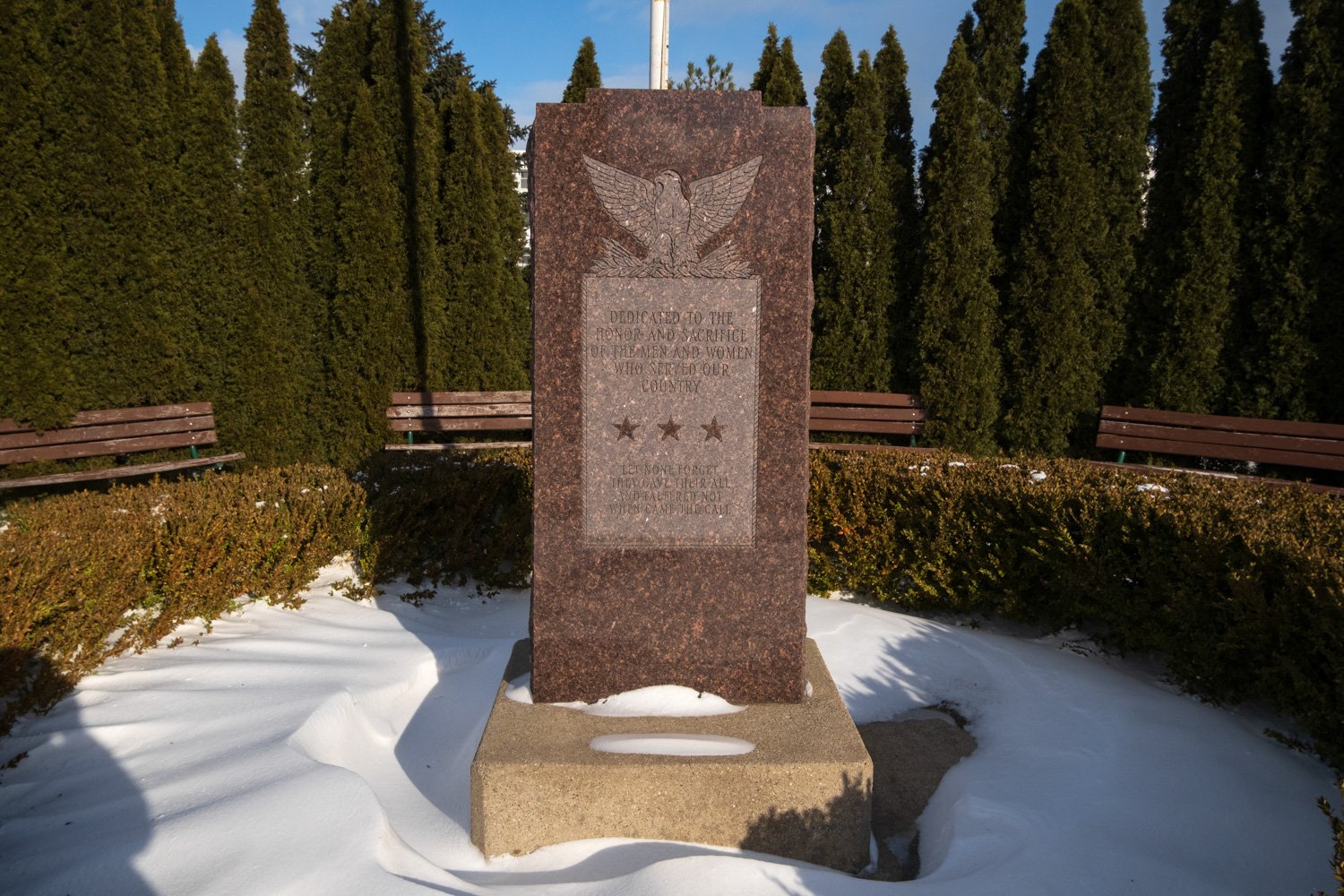
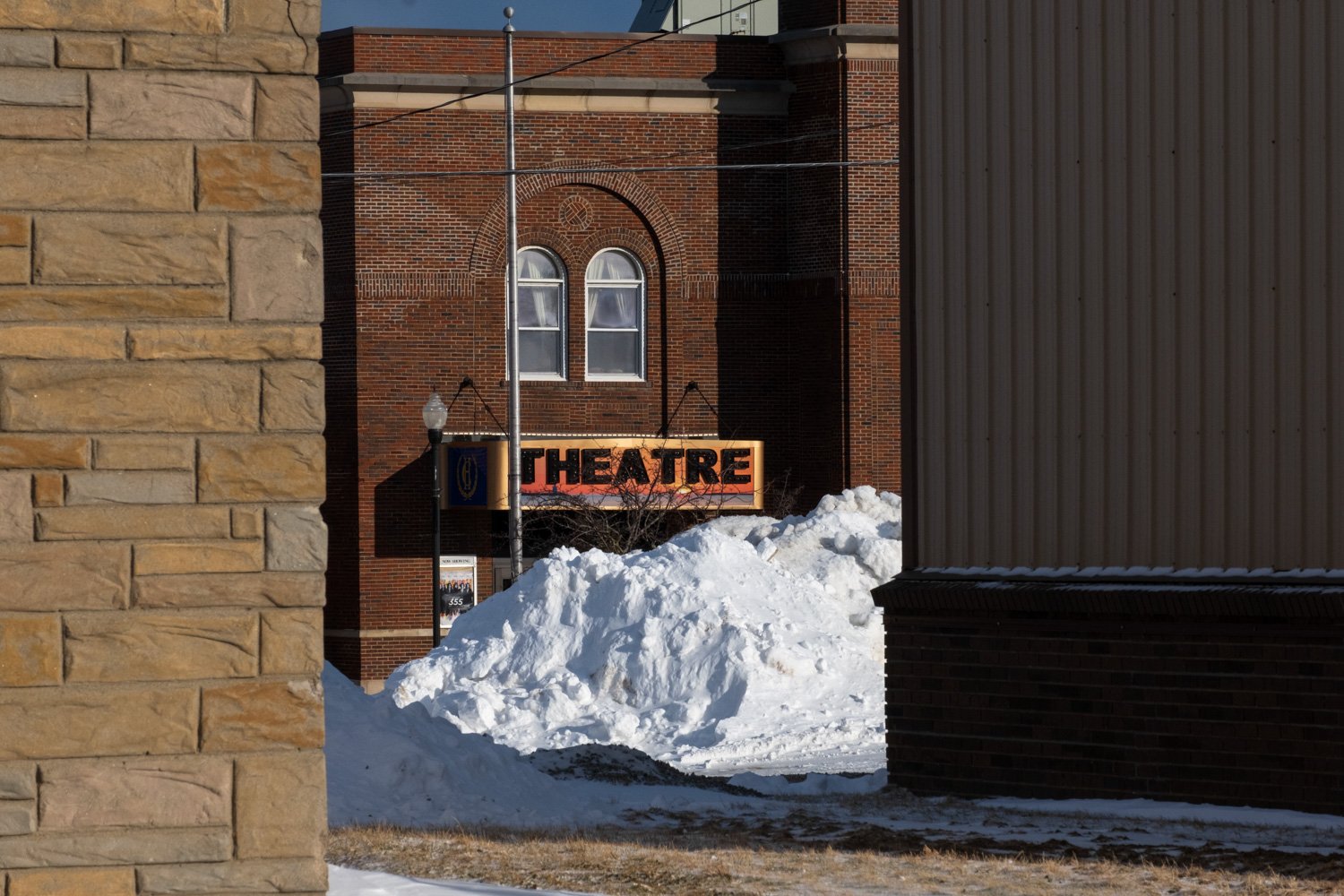
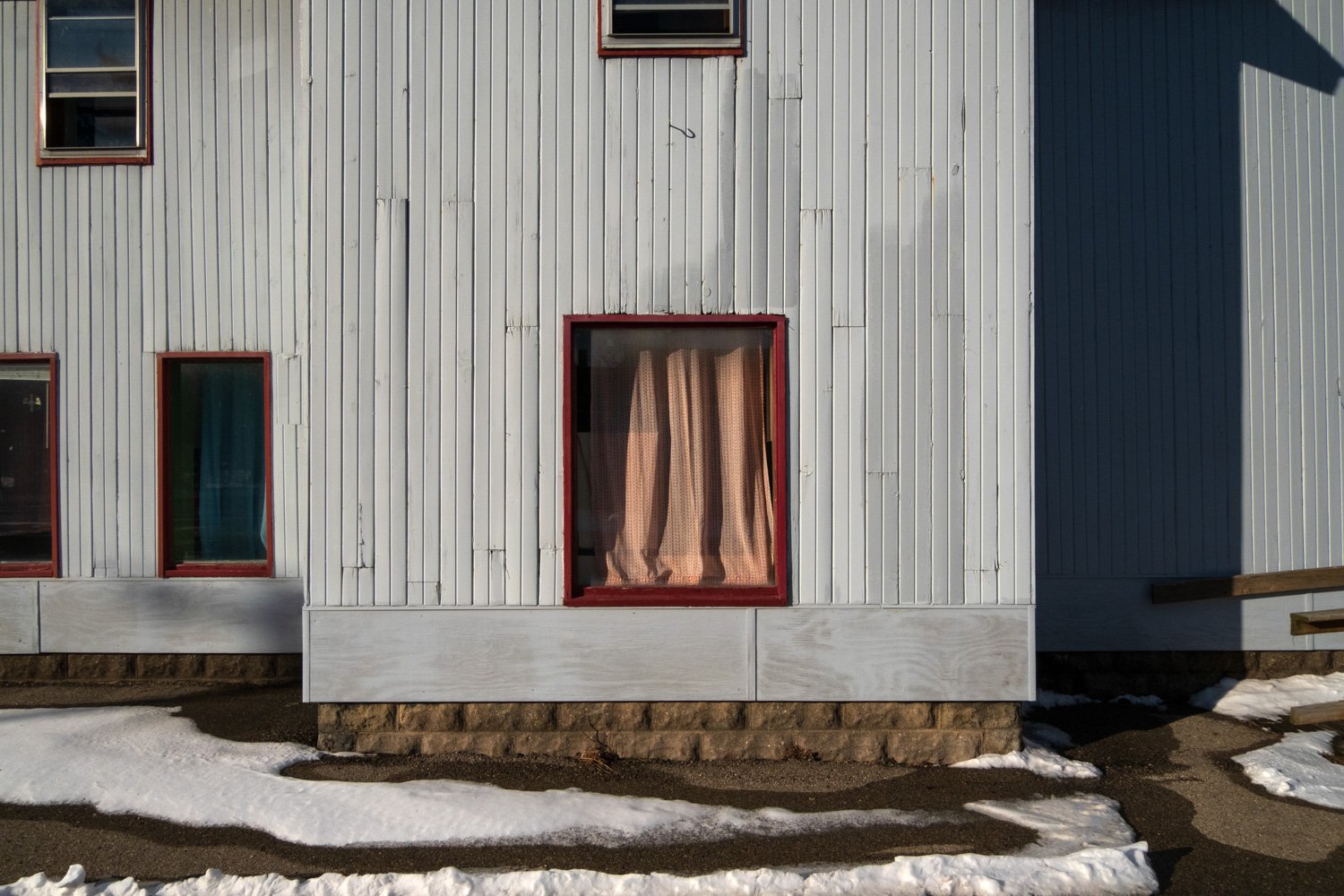
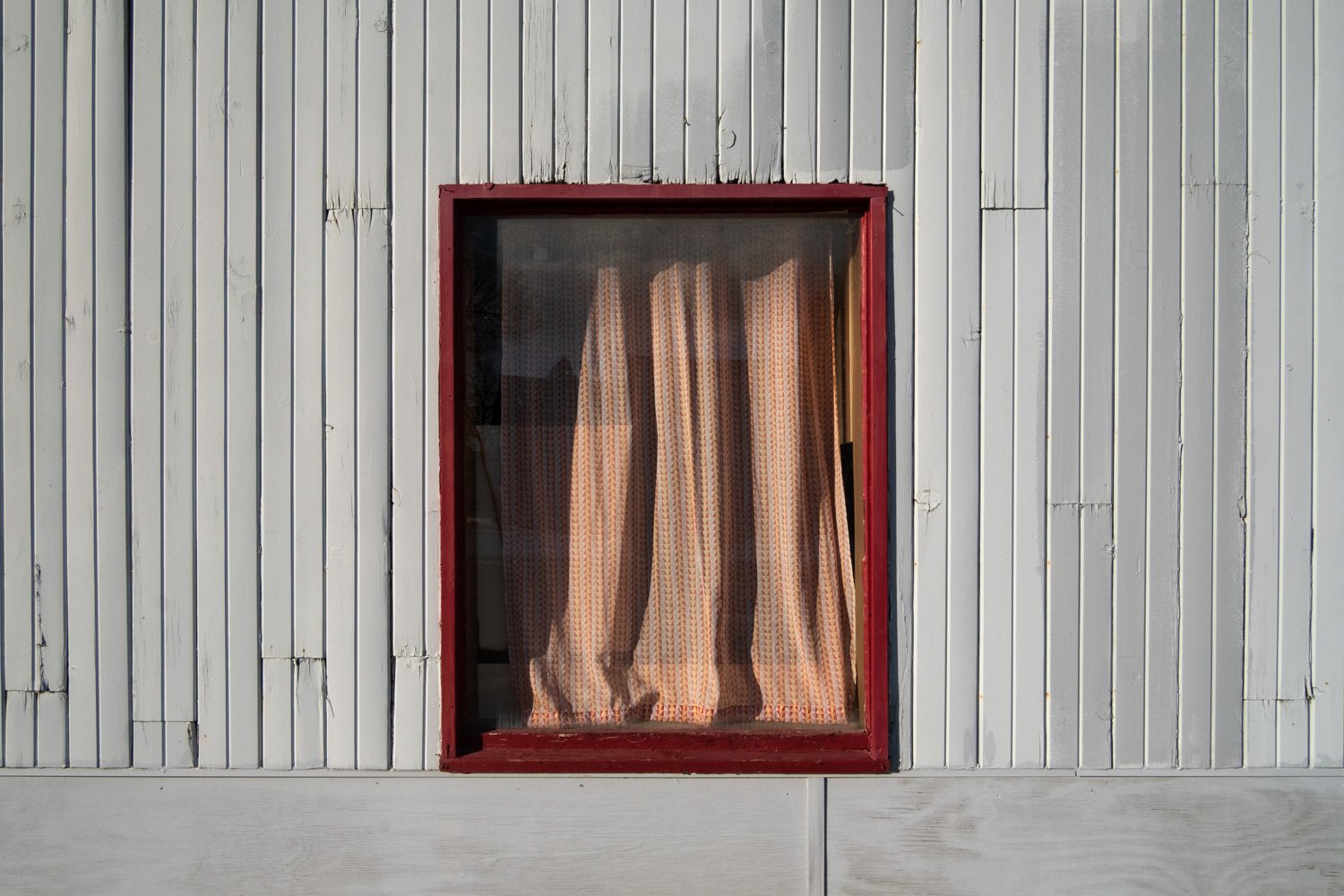
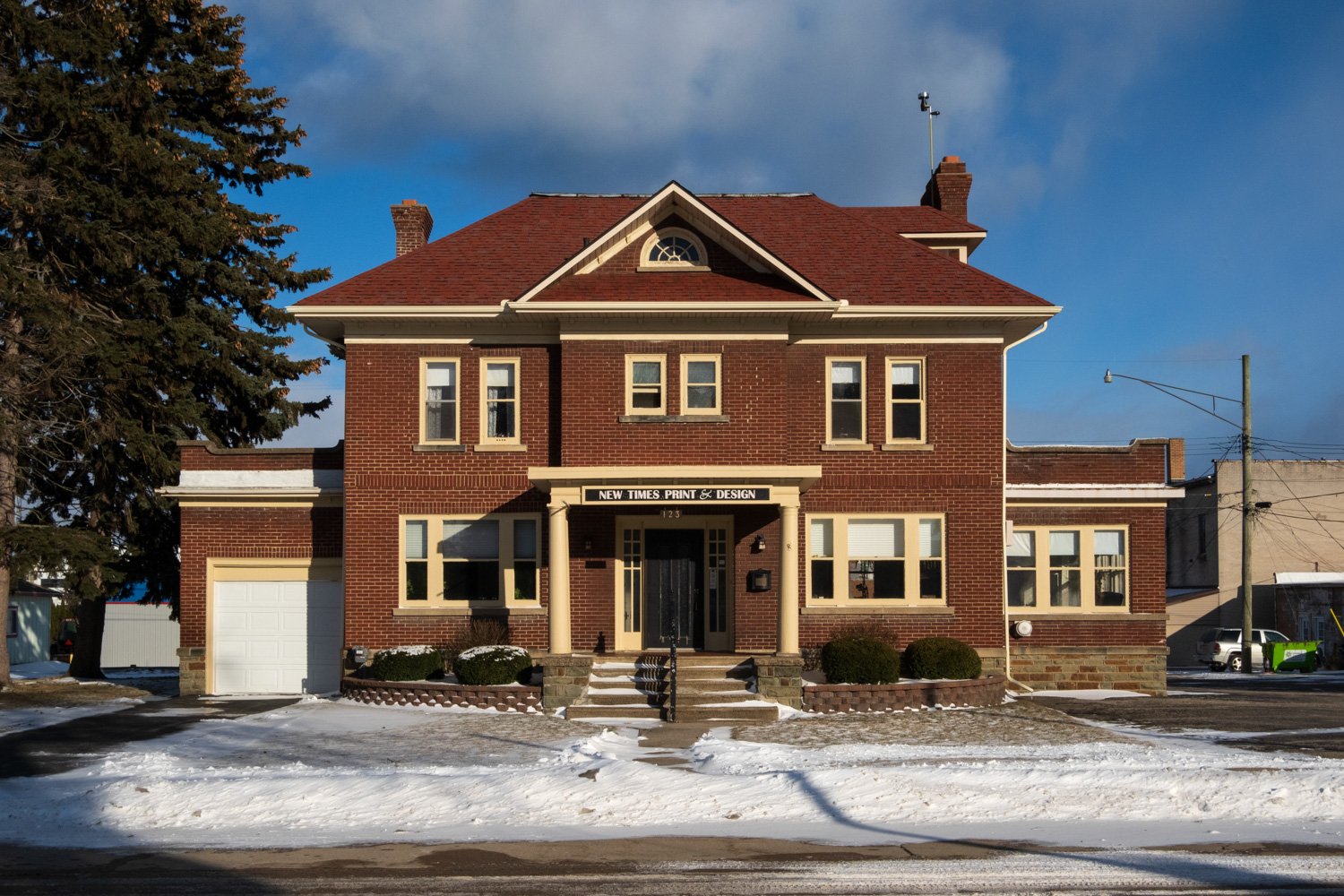
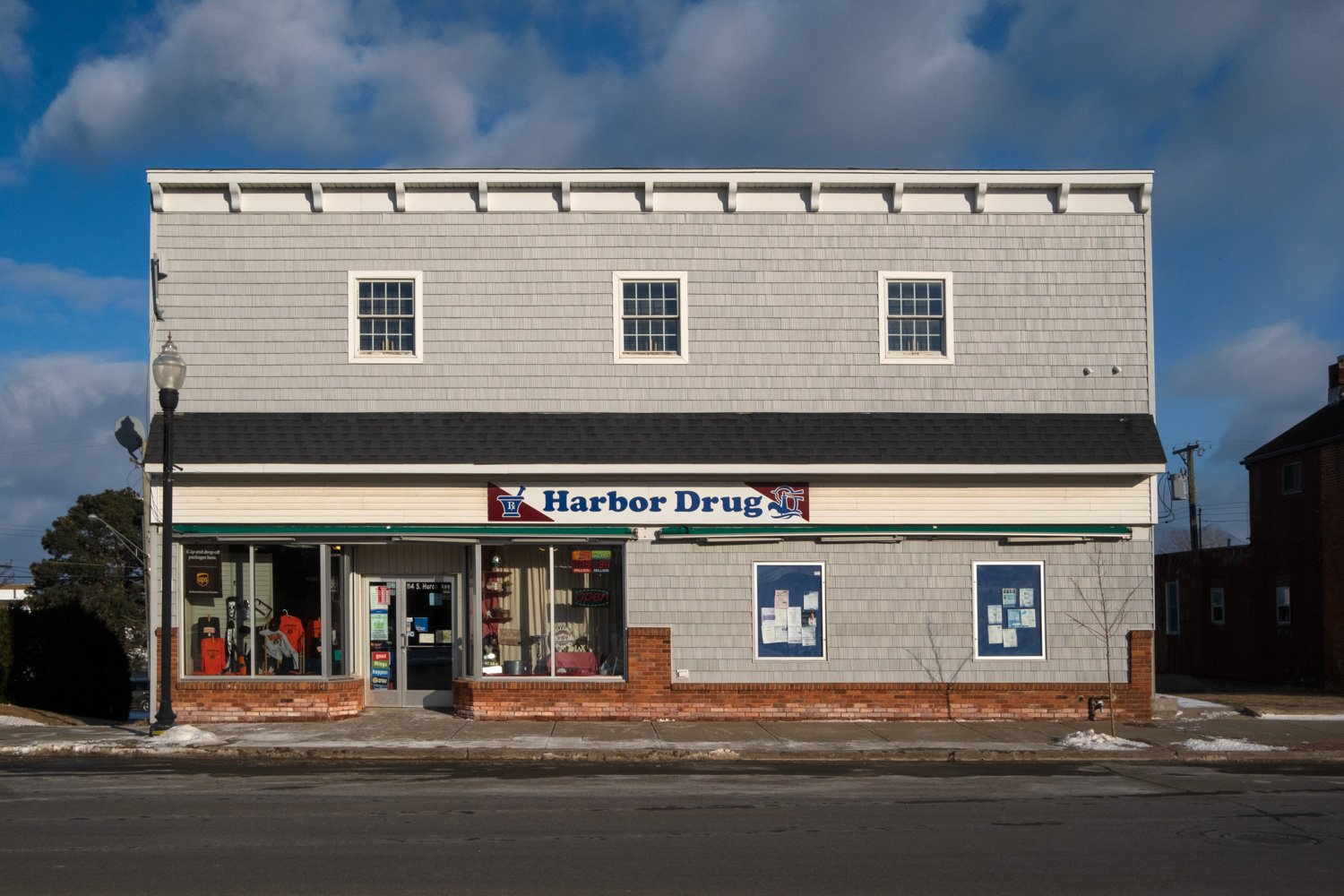
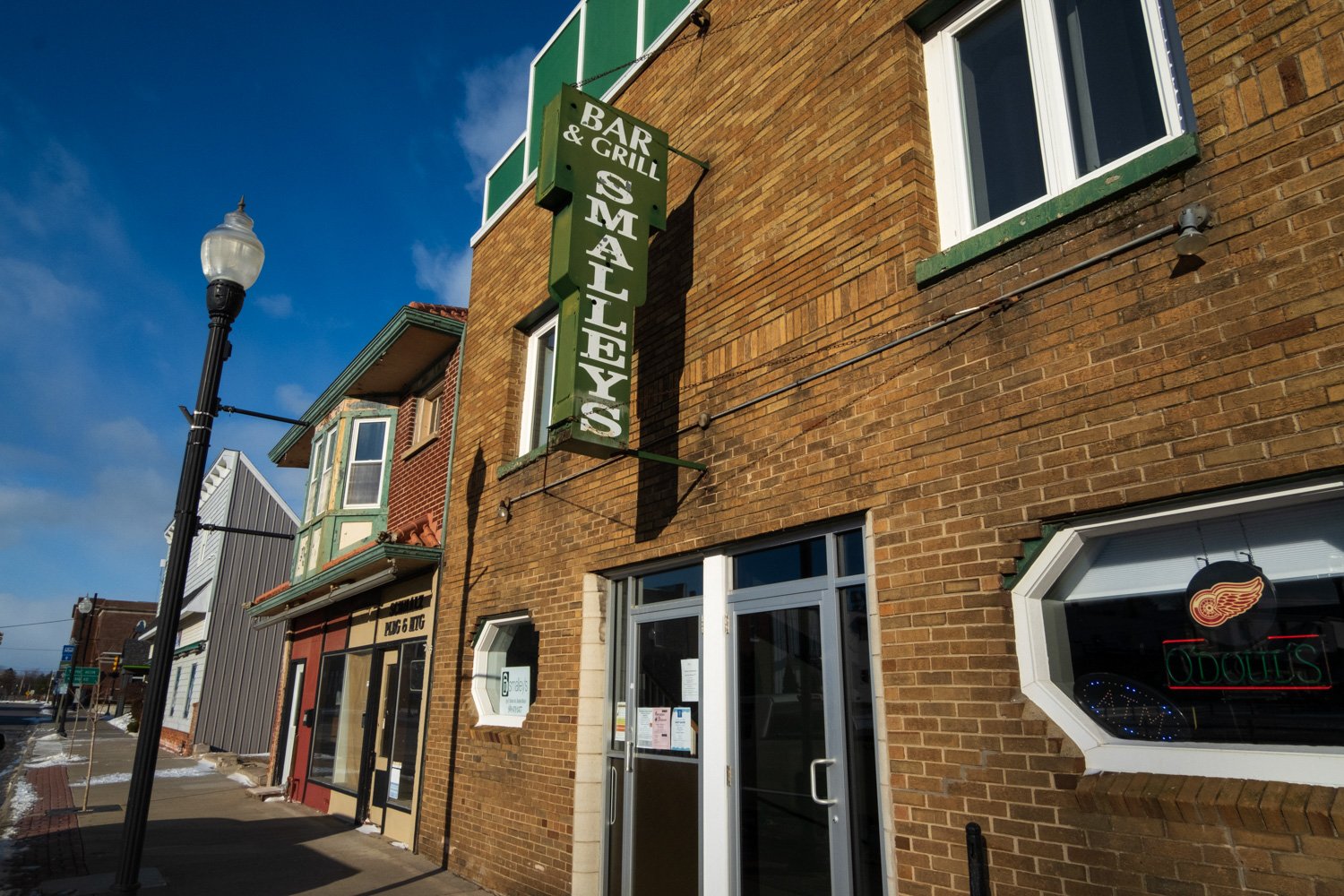
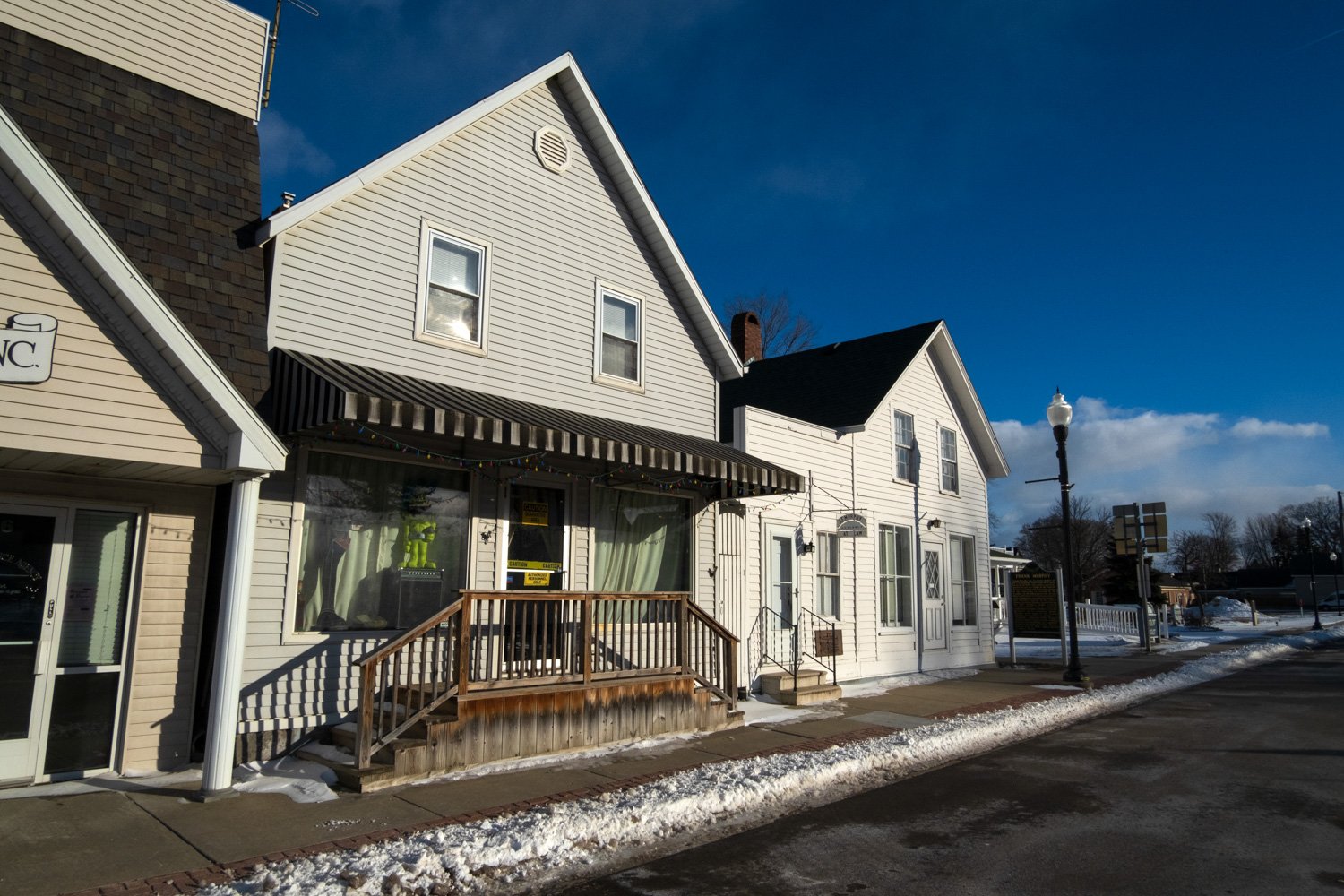
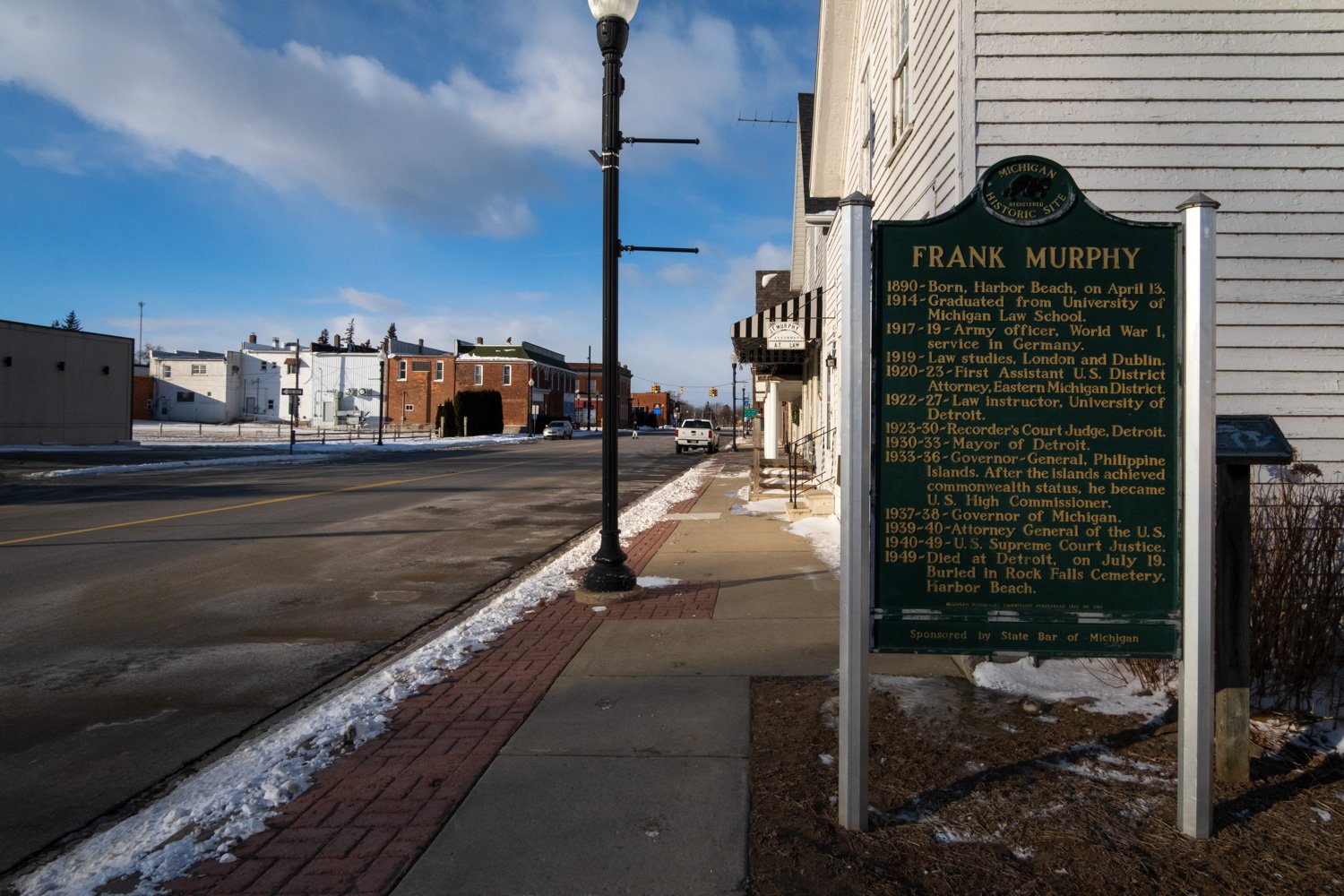
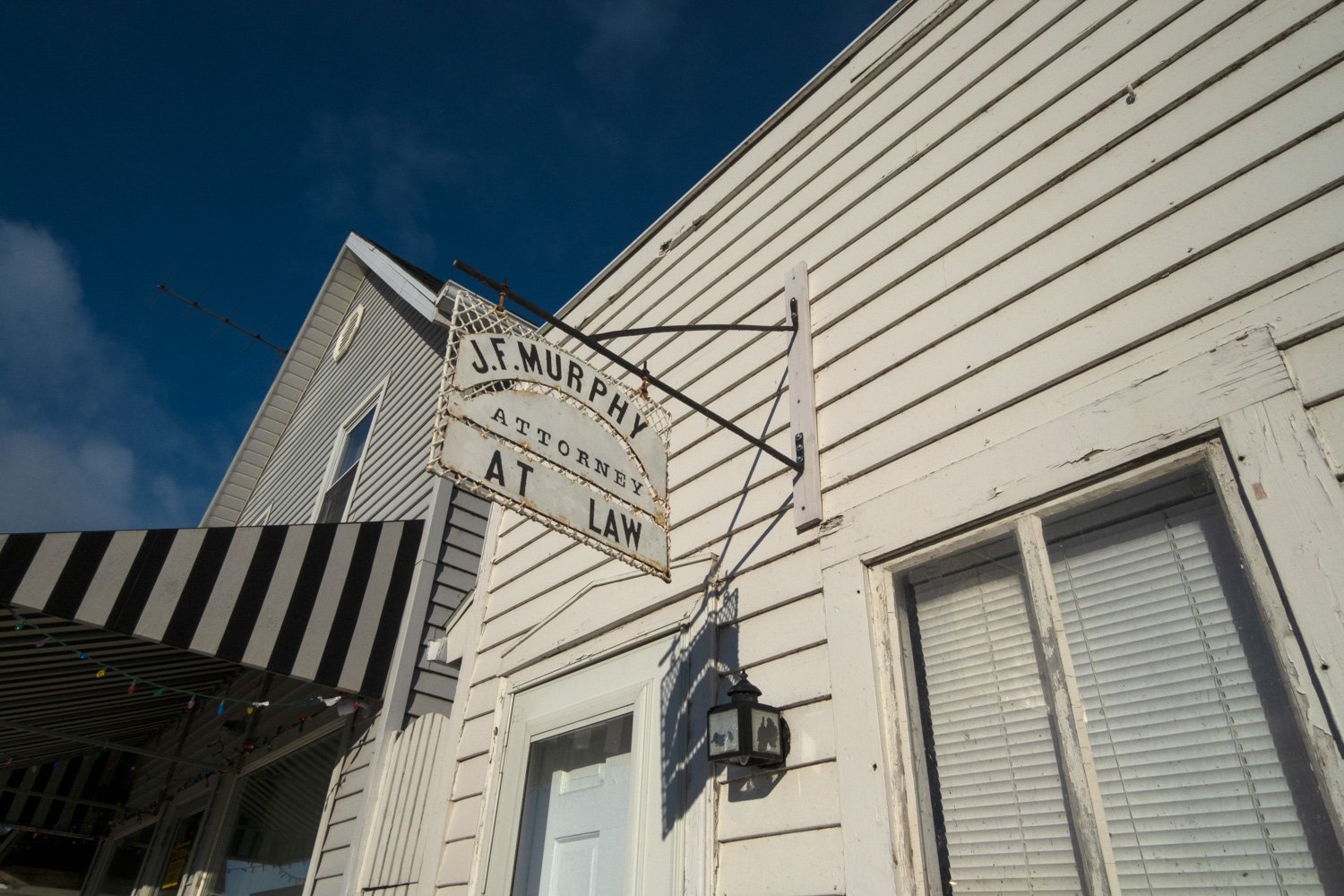


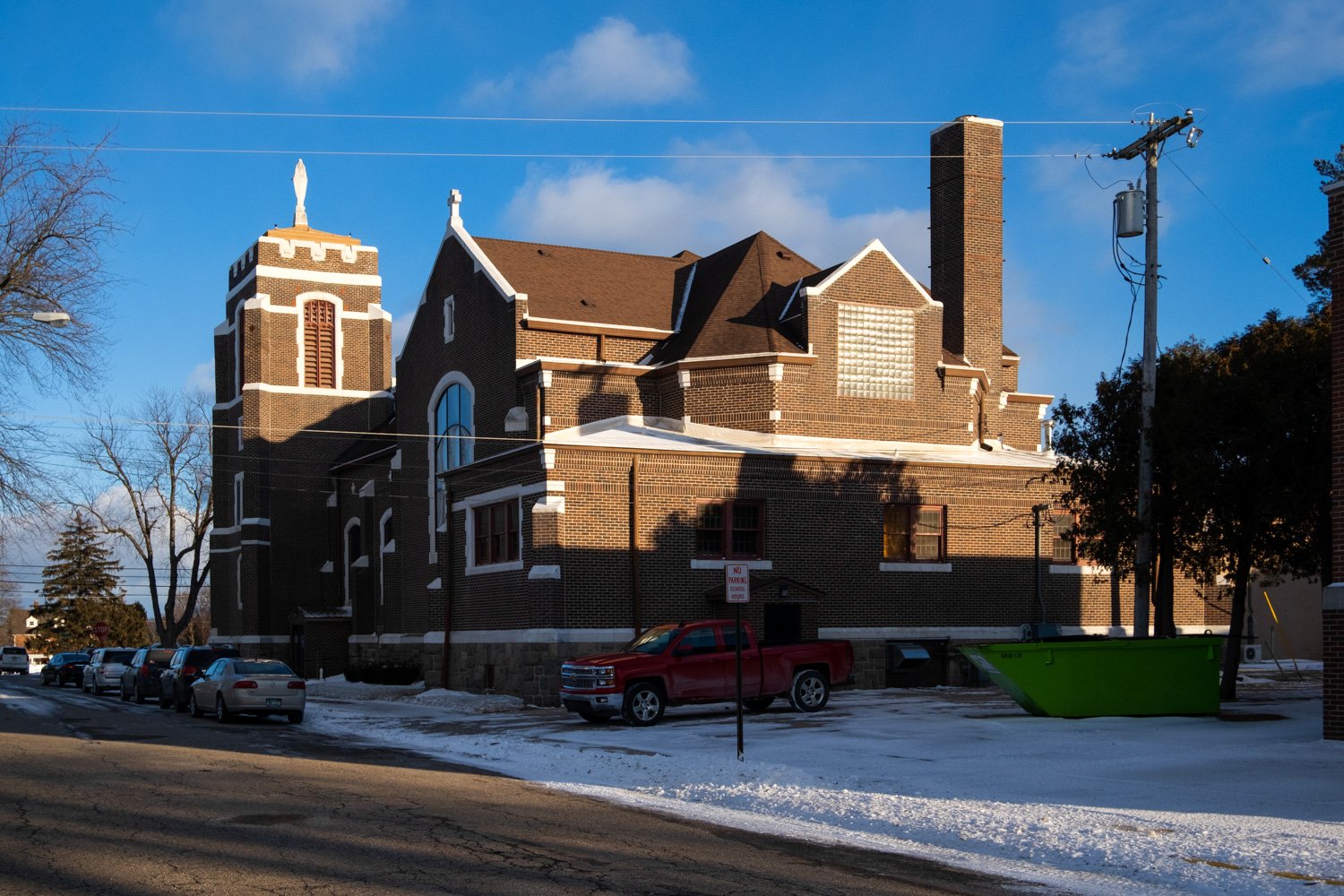
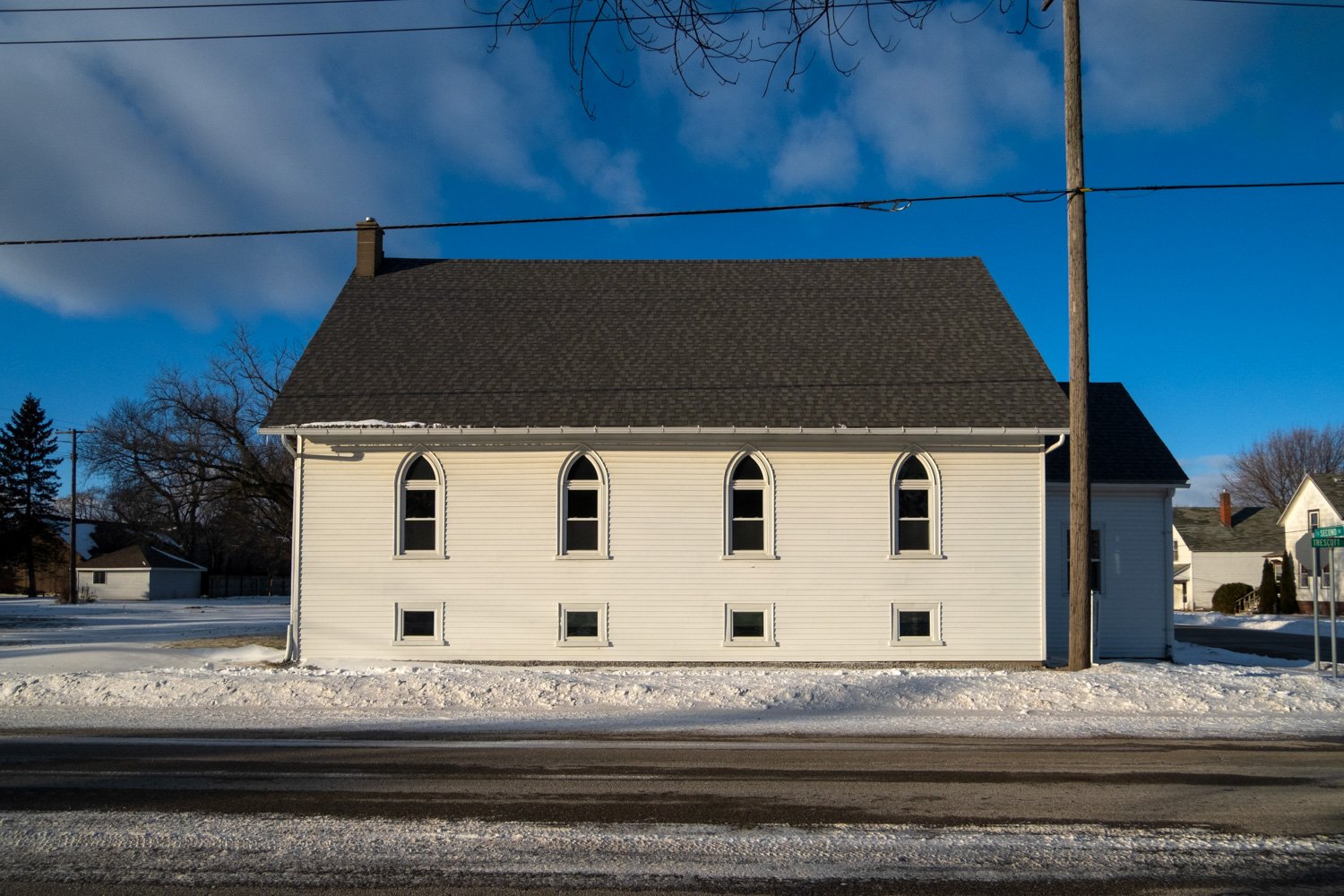


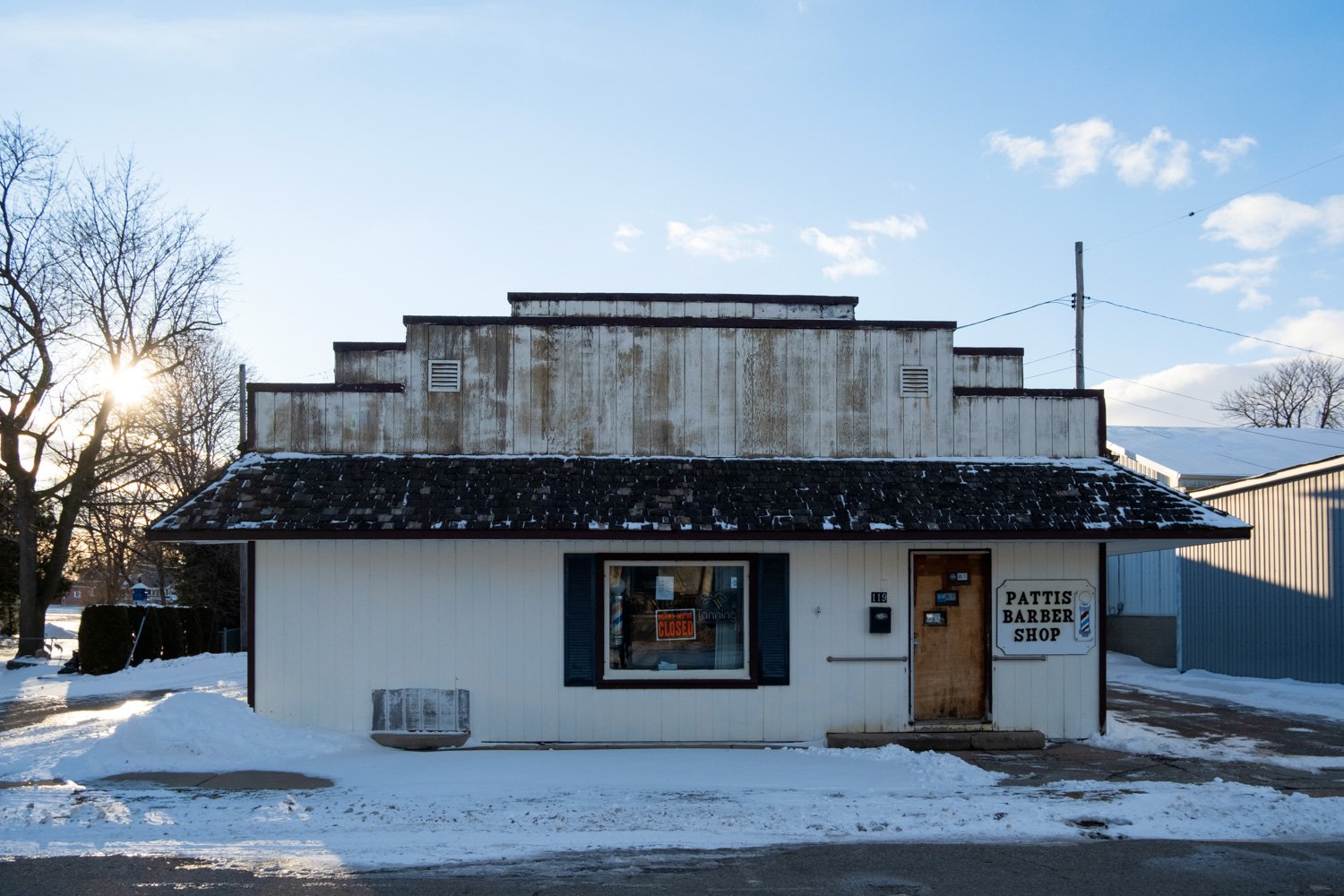
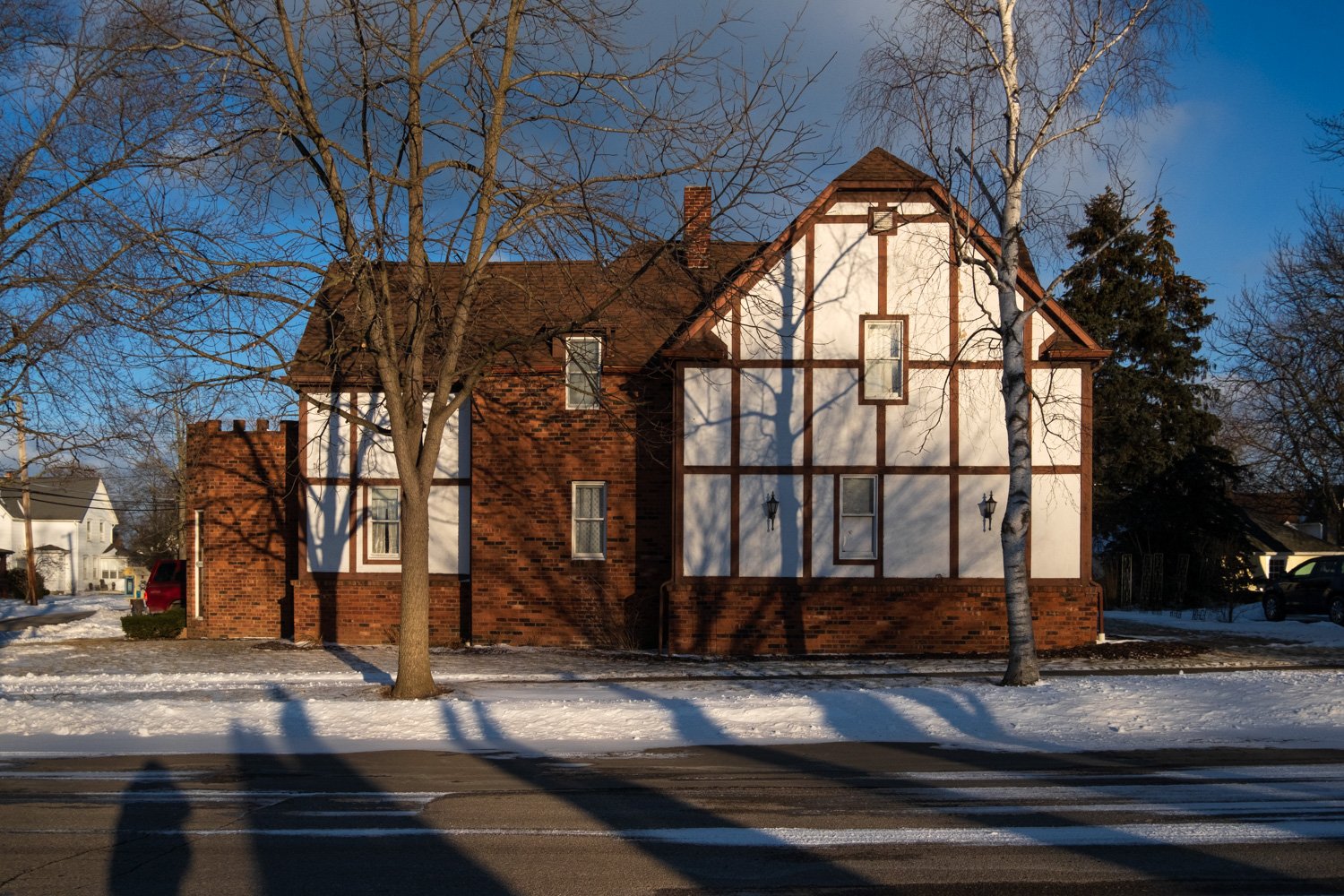
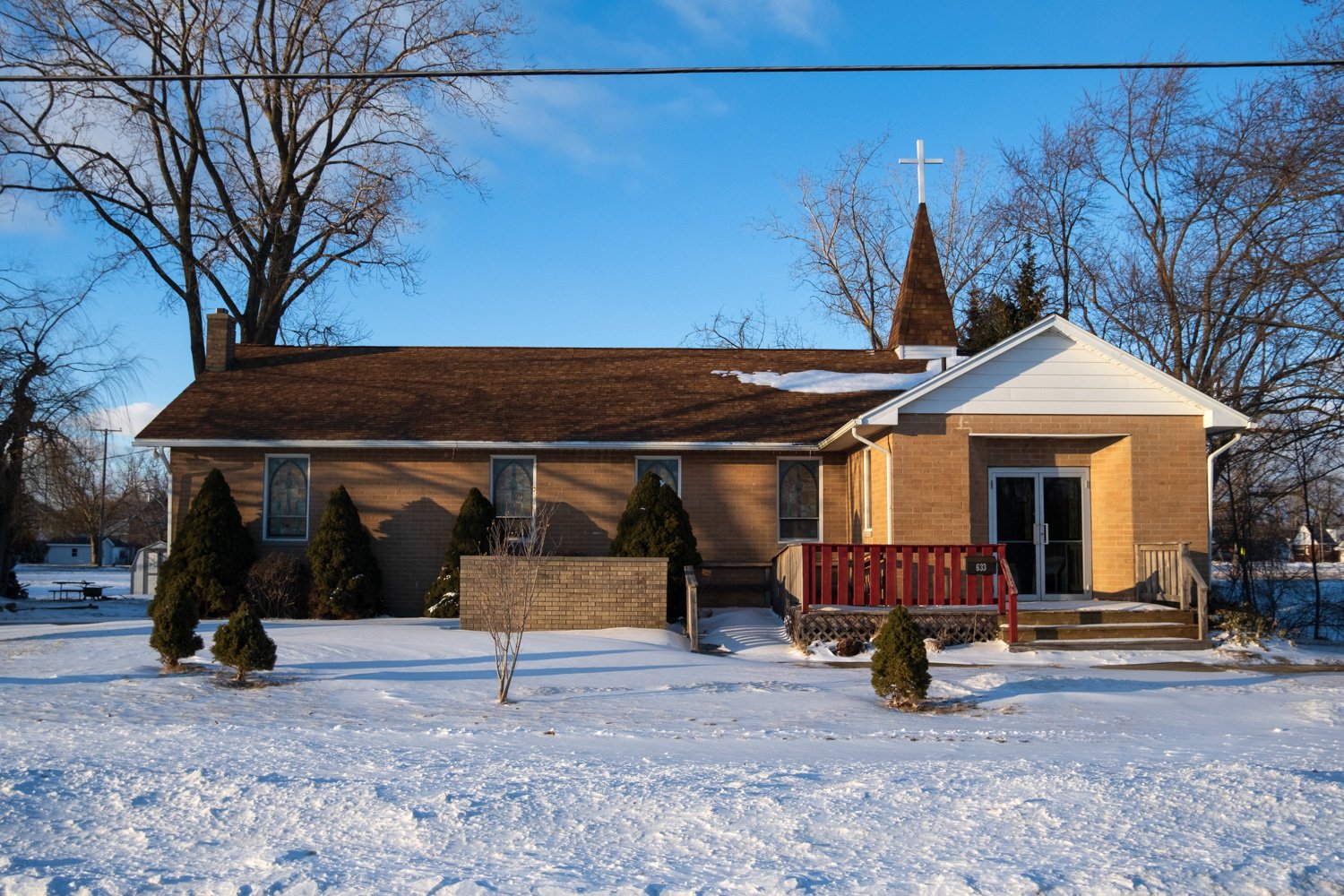
One stressful week in mid-February, we decided we needed to get out of the city for a few days. We didn’t want to drive too far, as the weather had been unpredictable as of late, so we decided on a trip to the Thumb. We had already been to Caseville and Port Hope, so we decided to get a hotel in a small town we had only driven through twice before arriving, Harbor Beach. Although the winter winds made the temperature feel like -15° F, we had a great time enjoying Lake Huron and all of its splendor. I had a great burger, and we shared some delicious fried pickles at Smalley’s; we all agreed that we had the best muffins of our lives from Pat’s Bakery, and the endless views of Lake Huron made the trip all the more memorable. I was able to take a few walks around town by myself with my camera and learned a ton about the history of the city we called home for a little less than 72 hours.
The eastern side of Michigan’s Thumb was first settled in the mid-1800s; its first settlers were the lumbermen who harvested and shipped the area’s timber. A small settlement named Barnettsville was named in the 1850s, which was eventually rechristened Sand Beach. Much of the eastern portion of the thumb is rocky, but the area near the settlement was unusually sandy. Just before the turn of the century, the town changed names once more, and Harbor Beach was born.
The town’s population would peak at the 1950 census with a population of 2,349 people. Today, the population is closer to 1,600 people, but it has retained many of its historic buildings from the days before it was called Harbor Beach.
Frank Murphy was born in Sand Beach in 1890. He would attend the University of Michigan and get both a bachelor’s and a law degree while in Ann Arbor. He would fight in World War I, serve as Mayor of Detroit, Governor of Michigan, United States Attorney General, and sit upon the Supreme Court of the United States from 1940 until his death in 1949.
Today, Murphy is most remembered for his dissent on the landmark decision Korematsu v. United States. The case upheld the exclusion of Japanese Americans during World War II. In his dissent, Murphy wrote that the ruling followed "the abhorrent and despicable treatment of minority groups by the dictatorial tyrannies which this nation is now pledged to destroy."
His former residence in Harbor Beach operates as the Murphy Museum. Multiple historic markers talk about Murphy, his life, and his legacy around Harbor Beach. He is buried at Our Lady of Lake Huron Catholic Cemetery, 2 miles south of his former residence.
The groundwork was laid for the Harbor Beach Community House in 1917 when George & Anna Belle Jenks deeded a large parcel of land near downtown Harbor Beach for community purposes. Work wouldn’t begin for another two years and would take over a year to complete. The building would operate as city offices, a community center with a gym and library, and would also house a theatre for community use.
The building would nearly burn completely to the ground in the mid-1920s, with what hadn’t burnt sustaining major smoke damage. It would be rebuilt within two years, and it has served the community ever since. Today, the Harbor Beach Area District Library manages the entire building, including the gymnasium and theatre.
The Harbor Beach harbor is the largest man-made freshwater harbor in the world. The breakwater was completed in the 1880s, offering ships a refuge from Lake Huron’s rough waterways. A light was needed to man the breakwater, and the Harbor Beach Light was completed in 1885 on the remains of an older timber construction. The light was added to the National Register of Historic Places in 1983. If you don’t have a boat, the best place to view the light is from Judge James H. Lincoln Memorial Park.
James H. Lincoln was born in Sand Beach Township in 1916. He would spend his youth in Harbor Beach and attend the University of Michigan, where he played football for then-coach Harry Kipke. Later, he would attend the Detroit College of Law to attain a Juris Doctor. In 1954, he became a Detroit City Councilmember, a seat he would retain until 1960, when he became a probate court judge for the State of Michigan. At some point, he became a juvenile court judge, a position he held until 1977. Upon his retirement, he moved back to Harbor Beach to a home on Lake Huron. A park in town is named for him, which you can find here.
Here are some words from the late James H. Lincoln that I was particularly fond of about the community he grew up in.
“Huron County has the longest amount of shoreline of any of the 83 Michigan counties, and will continue to attract people. Our future is bound up with this lengthy shoreline and fertile land of the peninsula. This is the county with sunrise and sunset over the water. … The air is clean, flowers seem to grow better with less care, and we see results in longevity of the people.”
